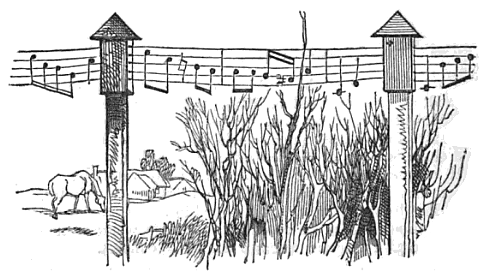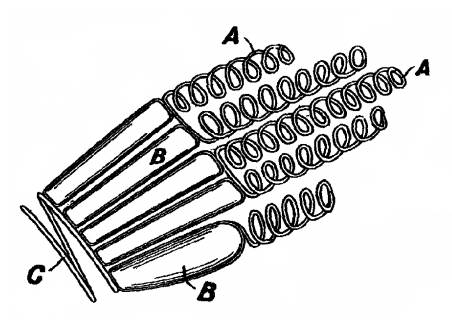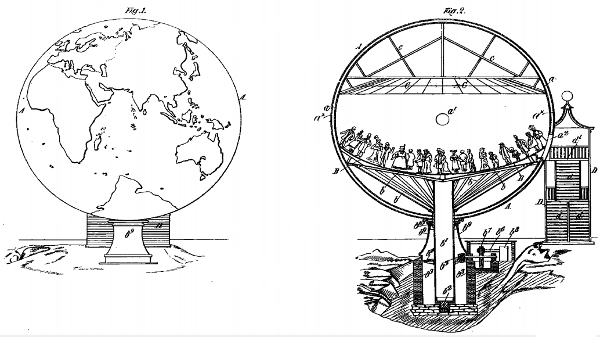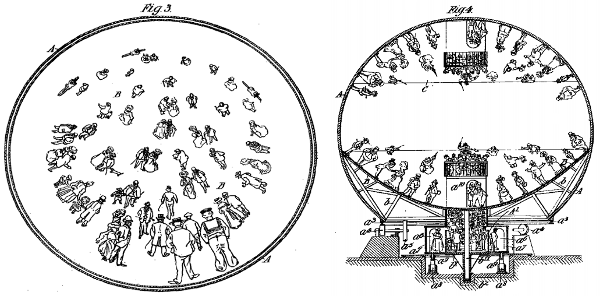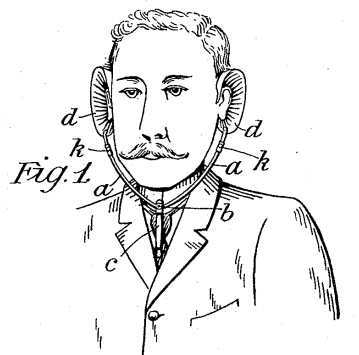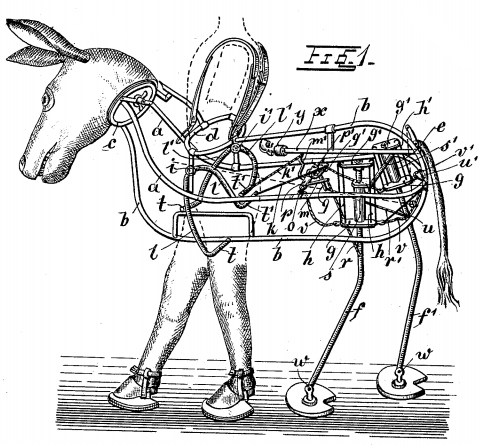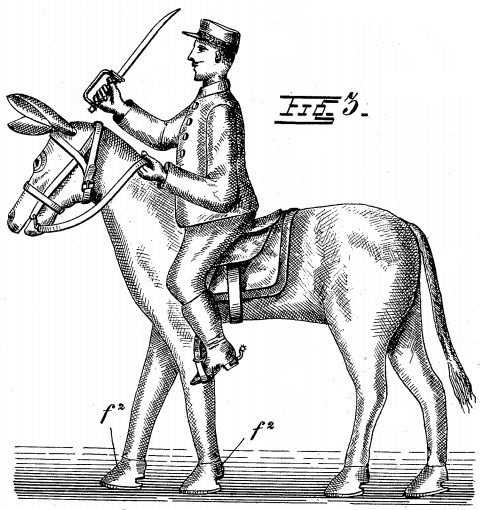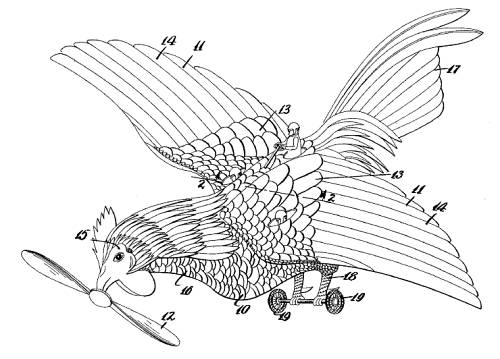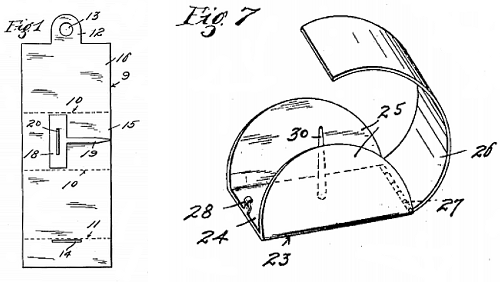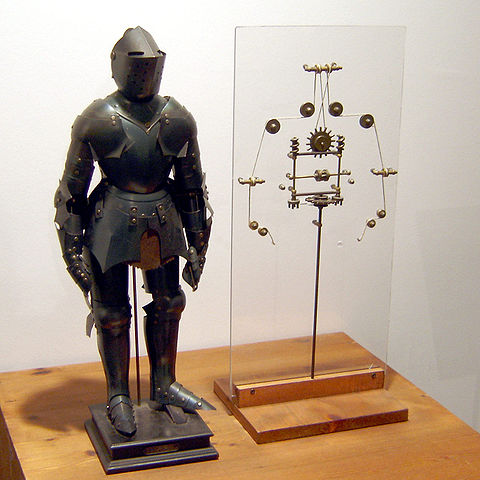
In 1495 Leonardo da Vinci devised a mechanical knight that could sit up, open and close its arms, move its head on flexible neck, and open its visor. The plans have been lost, but we know it was made of wood, brass, and leather and operated by cables, possibly driven by a water wheel. The Duke of Milan displayed it at a pageant near the end of the 15th century, perhaps at the wedding of his niece.
Roboticist Mark Elling Rosheim built a working replica of the knight in 2002 using the sketches that remain, detailed in his book Leonardo’s Lost Robots. He thinks it may have been designed to accost an unwary visitor by remote control. “It is almost like something one would find in an old time amusement park, a piece for the scary haunted mansion or tunnel of love — or a labyrinth, which was the 16th century equivalent. The Knight would be excellent at grabbing someone with its arms in a bear hug. … Perhaps the visor would rise, revealing a hideously contorted, sculpted face.”
“Perhaps the great mystery surrounding this lost robot of Leonardo can be summed up by the master himself in the giant scrapbook known as the Codex Atlanticus. In the sheets for this project, we read an incomplete sentence with which Leonardo tried out his pen: ‘Tell me if ever, tell me if ever anything was built in Rome …’ Leonardo may be expressing his frustration and anxiety about a project near and dear to his heart that because of external pressures could not be born.”

